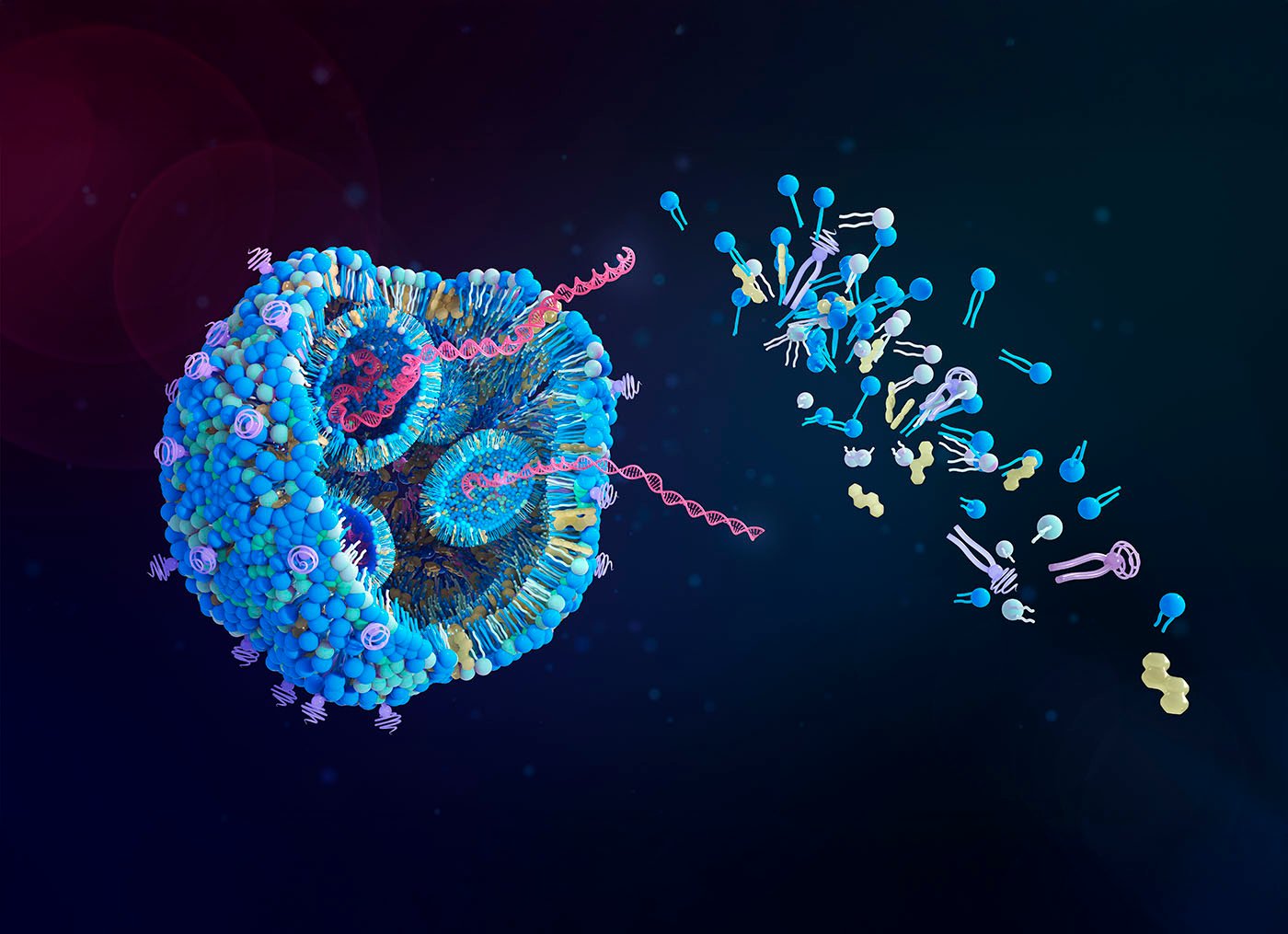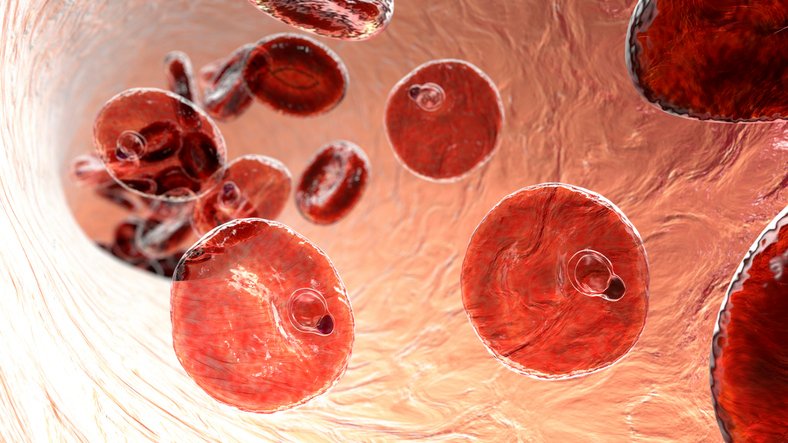Activation of the serotonin receptor, 5-HT1A, has been shown to regulate mood and cognition. The receptor is the primary target of buspirone, vilazodone, and gepirone, FDA-approved medications for the treatment of anxiety and depression, and an emerging target for newer therapies such as psychedelics. 5-HT1A signals through inhibitory G proteins, key cell communication proteins often known as a “molecular switch.” Despite 5-HT1A’s clinical importance, many molecular and pharmacological properties of the receptor remain largely understudied.
In a new paper published in Science Advances titled “Structural determinants of G protein subtype selectivity at the serotonin receptor 5-HT1A,” researchers from the Icahn School of Medicine at Mount Sinai have elucidated structure-activity relationships underlying G protein interactions with 5-HT1A. Notably, the work identifies the antipsychotic, asenapine (brand name Saphris), as a 5-HT1A partial agonist that preferentially activates one inhibitory G protein subtype. This mechanistic understanding paves the way to develop more effective psychiatric drugs.
“This receptor is like a control panel that helps manage how brain cells respond to serotonin, a key chemical involved in mood, emotion, and cognition,” explained Daniel Wacker, PhD, assistant professor of pharmacological sciences and neuroscience at Mount Sinai and corresponding author of the study. “Our findings shed light on how that control panel operates—what switches it flips, how it fine-tunes signals, and where its limits lie. This deeper understanding could help us design better therapies for mental health conditions like depression, anxiety, and schizophrenia.”
Tissue distribution of G protein subtypes varies significantly. In addition, 5-HT1A is suggested to preferentially interact with different inhibitory G proteins. However, results vary based on tissue type, model system, and experiment. How variability in tissue expression and G protein subtype selectivity contributes to drug effects remains an open question.
To address this gap, the authors used cryo-electron microscopy (cryo-EM) and structure-guided in vitro mutagenesis studies to identify key residues within the receptor and G protein that contribute to activation of distinct G proteins. Results of structure-function studies showed an important role for allosteric lipids in activating distinct G protein subtypes.
“Our work provides a molecular map of how different drugs ‘push buttons’ on this receptor—activating or silencing specific pathways that influence brain function,” said Audrey Warren, PhD, first author of the study, who is a former student in Wacker’s lab and a current postdoctoral researcher at Columbia University. Warren added that by understanding exactly how these drugs interact with the receptor, researchers can predict which approaches might lead to more effective or targeted treatments as a step toward designing next-generation therapies with greater precision and fewer side effects.
Looking ahead, the research team plans to further investigate the interaction mechanism of the phospholipid “co-factor” for applications in future psychiatric medication development.
“This receptor may help explain why standard antidepressants take long to work,” said Wacker. “By understanding how it functions at a molecular level, we have a clearer path to designing faster, more effective treatments, not just for depression, but also for conditions like psychosis and chronic pain. It’s a key piece of the puzzle.”
The post Serotonin Receptor Structural Insights Open Path for Psychiatric Drugs appeared first on GEN – Genetic Engineering and Biotechnology News.




